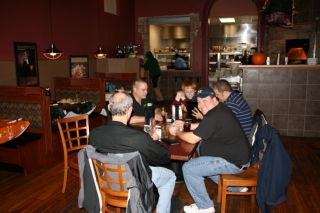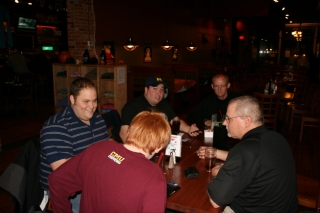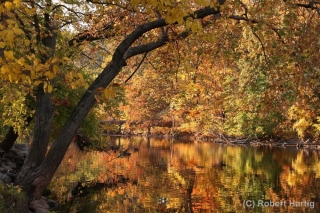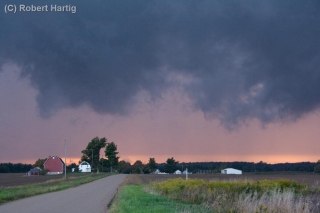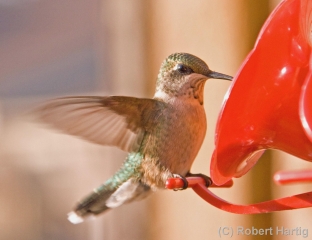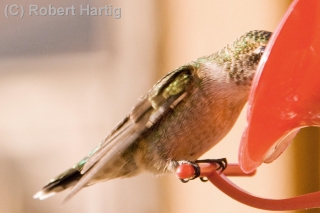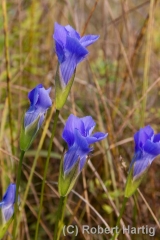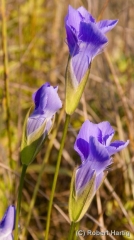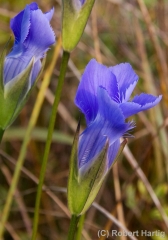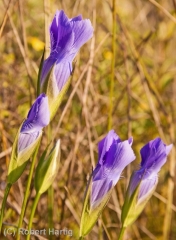Today is the first day of meteorological winter. Since my post on this date last year explains why, from a weatherly perspective, winter begins on December 1 instead of December 22, there’s no need for me to re-pave that same road here.
However, the weather today is quite different from what it was a year ago. Back then, we were getting a pretty good dusting of lake effect snow, and I included a radar capture in that day’s post to show what we could expect for the next four months. In contrast, today has dawned clear-skied, and this bright sun streaming through the sliding glass door directly onto my face is forcing me to squint with my left eye and prompting me to fetch my broad-brimmed Tilley hat directly after I dot this sentence.
There, hat installed. Much better. Now, what was I saying? Oh, yeah … unlike last year’s snowy opener here in West Michigan, this winter is stepping in with a smile. But that signifieth nothing. Two days ago, on November 29, the state got its first taste of accumulation in a belt that slanted, roughly, from Coldwater up toward Saginaw.
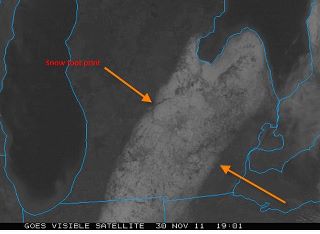 Here in my little town, what was initially forecast to be at least an inch of snow turned out to be just an errant flake or two. The payload didn’t miss us by much, though; just a few miles to the east, the snow came down. Last night, driving home from a practice session with my sax in Clarksville, I noticed that the fields were covered. The satellite photo to your left shows what the actual accumulation looks like from above. (Thanks to my friend Mike Kovalchick for initially posting this image in Facebook.)
Here in my little town, what was initially forecast to be at least an inch of snow turned out to be just an errant flake or two. The payload didn’t miss us by much, though; just a few miles to the east, the snow came down. Last night, driving home from a practice session with my sax in Clarksville, I noticed that the fields were covered. The satellite photo to your left shows what the actual accumulation looks like from above. (Thanks to my friend Mike Kovalchick for initially posting this image in Facebook.)
Cold temperatures are becoming the norm. From here on, the forties will be a high, and anything in the fifties, a gift. We’re in that transition zone between rain and snow, with snow becoming the dominant form of precipitation. More of it is in the forecast for this week, and I don’t doubt that by the time the winter solstice arrives on December 22, meteorological winter will already have settled in with a smug grin on its face.
Today, though, the sun is shining, and while this isn’t exactly T-shirt weather, I’ll take it. Time to sign off and get the rest of the day rolling.
——————————
PS You might also enjoy reading my explanation of the meteorological seasons in “Winter Comes Knocking,” posted yesterday in my new blog, Fox’s World.
